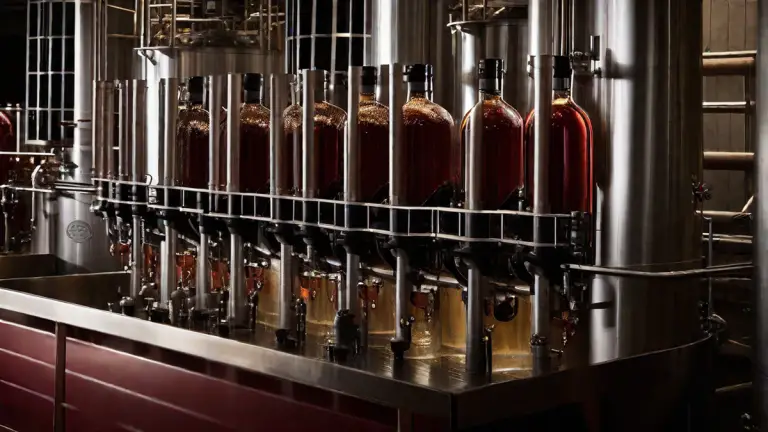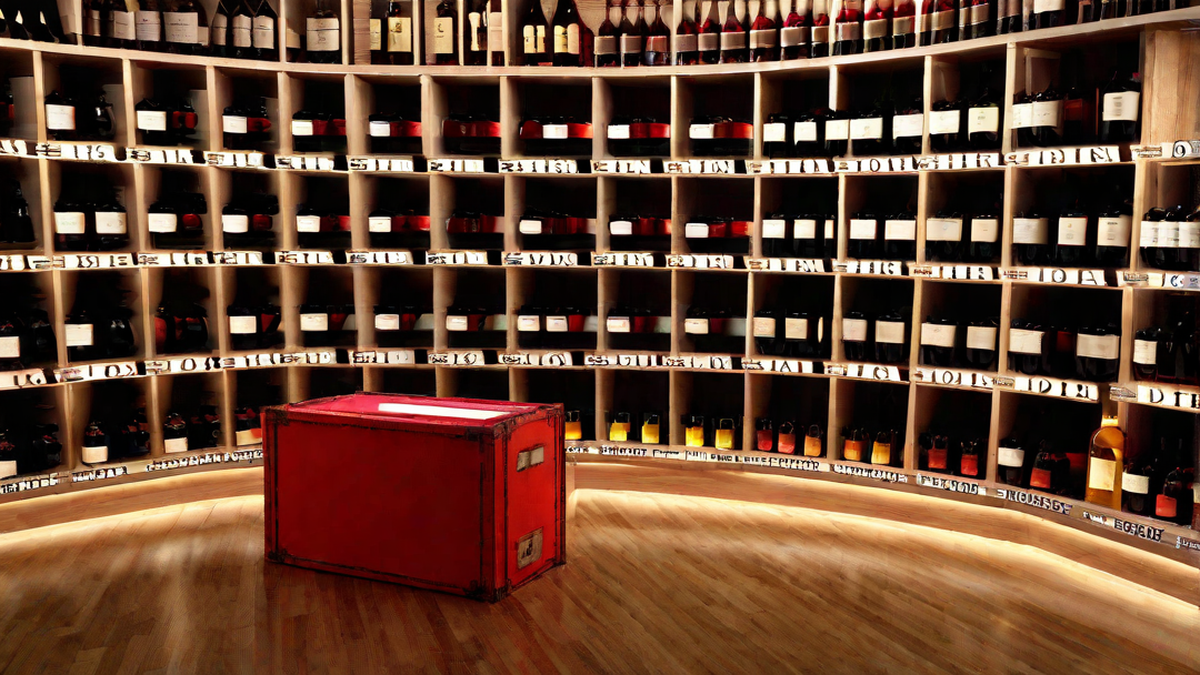As someone who loves wine, I have always been captivated by the complex procedure of winemaking, specifically during the stage of secondary fermentation. Secondary fermenter wine, or secondary fermentation, is a crucial step in the making of top-notch wines. This process plays a significant role in enhancing the wine’s complexity, flavor development, and potential for aging.
The Role of Secondary Fermentation in Winemaking
After the initial fermentation, the wine is transferred to a secondary fermenter, typically a carboy or a barrel. This phase allows the wine to undergo further clarification and refinement. During secondary fermentation, any remaining sediment settles, and the wine stabilizes before it is eventually bottled. Additionally, certain wines, such as those intended for extended aging, may undergo malolactic fermentation during this stage, which softens the acidity and adds complexity to the flavor profile.
My Personal Experience
Having had the opportunity to witness the secondary fermentation process at a local winery, I was truly captivated by the meticulous care and attention to detail that winemakers devote to this stage. The gentle racking and monitoring of the wine as it matures in the secondary fermenter is a testament to the craftsmanship and passion that goes into producing exceptional wines.
The Importance of Patience
One cannot overstate the significance of patience during secondary fermentation. This phase can take anywhere from a few weeks to several months, depending on the style of wine being crafted. As the wine slowly evolves, subtle nuances and complexities emerge, ultimately contributing to the overall character of the final product.
Quality Control and Monitoring
Winemakers meticulously monitor the wine during secondary fermentation, ensuring that any potential off-flavors or faults are addressed promptly. This attention to detail is paramount in upholding the wine’s integrity and ensuring that it reaches its full potential upon bottling.
Recommended Secondary Fermenter Equipment
Glass Carboy:Provides a clear view of the wine and allows for easy monitoring and racking.Oak Barrels:Imparts subtle oak-derived flavors and textures to the wine, enhancing its complexity.
Conclusion
In conclusion, secondary fermentation is an indispensable stage in the winemaking process, where the wine evolves and matures, acquiring its distinctive characteristics and qualities. Through my exploration of secondary fermenter wines, I have gained a deeper appreciation for the artistry and precision involved in crafting exceptional wines.




